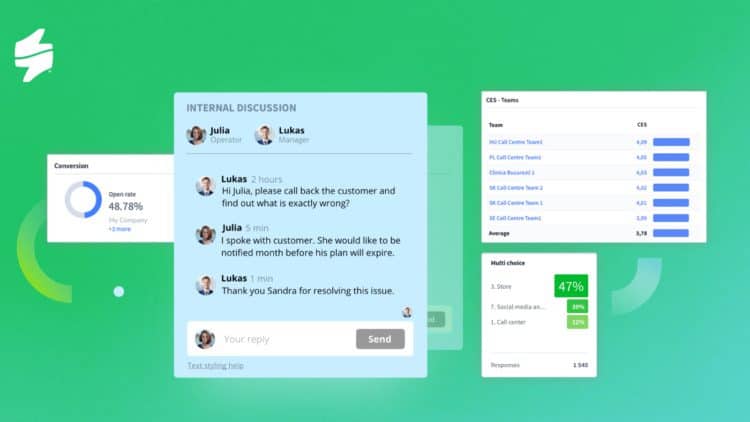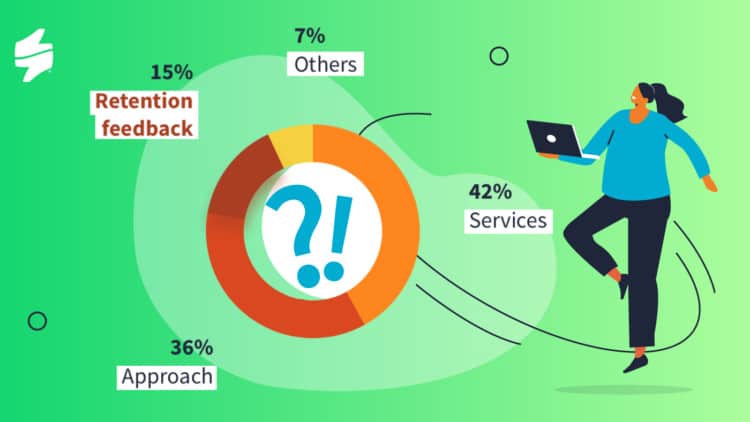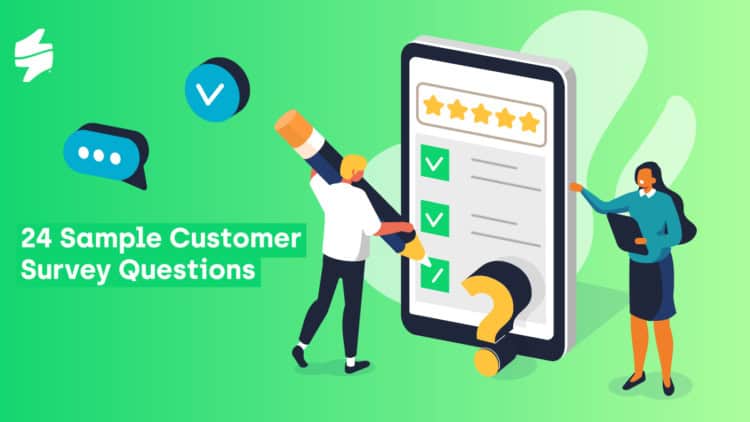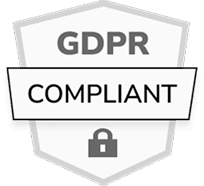In the digital age, a brand’s reputation can be built—or destroyed—in just a few clicks. Customers increasingly rely on online reviews to make purchasing decisions, and businesses must take a proactive approach to managing their online presence. Leveraging customer reviews for online reputation management (ORM) is no longer optional; it’s a necessity for maintaining trust, credibility, and long-term success.
This article explores the importance of online reputation management, key strategies for using customer reviews effectively, and the best online reputation management tools to ensure a strong brand presence. Whether you’re a CX director, customer support manager, or C-level executive, understanding online reputation management can help you turn feedback into a competitive advantage.

What Is Online Reputation Management?
Online reputation management is the practice of monitoring, influencing, and maintaining how a brand, company, or individual is perceived online. It involves managing customer reviews, social media mentions, and other digital content to shape public perception.
Online reputation management is not just about damage control—it’s about proactively building trust, engaging with customers, and ensuring a positive brand image. Effective strategies leverage customer surveys, closed-loop feedback systems, and online reputation management tools to address concerns, improve customer experiences, and drive customer retention.

Retain Customers and Increase Profits!
Make sure your customer relationships don't slip away with Staffino's Retention Case Monitoring. This easy-to-use tool gives you the power to maximise customer retention and boost loyalty.
Why Online Reputation Management Matters
Online reputation management in digital marketing plays a crucial role in how a company is perceived. According to research, 93% of consumers say online reviews impact their purchasing decisions. A single negative review can deter potential customers, while a well-managed reputation can drive business growth and customer retention.
The Impact of Online Reviews on Customer Retention
Customer reviews provide valuable insights into customer satisfaction and pain points. When you actively respond to feedback and close the loop with customers, you demonstrate a commitment to service excellence. This fosters customer loyalty and supports customer retention management efforts.

To give you some online reputation management examples, imagine a retail company receiving negative feedback about delayed deliveries. Instead of ignoring it, they respond promptly, offer a solution, and implement improvements. Not only does this satisfy the original customer, but it also reassures potential buyers that the company values its customers.
4 Types of Online Reputation Management Strategies
There are several approaches to reputation management, depending on the business’s needs and industry. Below are the key types of online reputation management strategies that your company should adopt:
1. Proactive Reputation Management
- Encouraging satisfied customers to leave positive reviews
- Monitoring brand mentions across review sites and social media
- Using online reputation management tools to conduct sentiment analysis
2. Reactive Reputation Management
- Addressing negative feedback promptly
- Resolving issues and closing the loop
- Publicly responding to reviews to show transparency and accountability
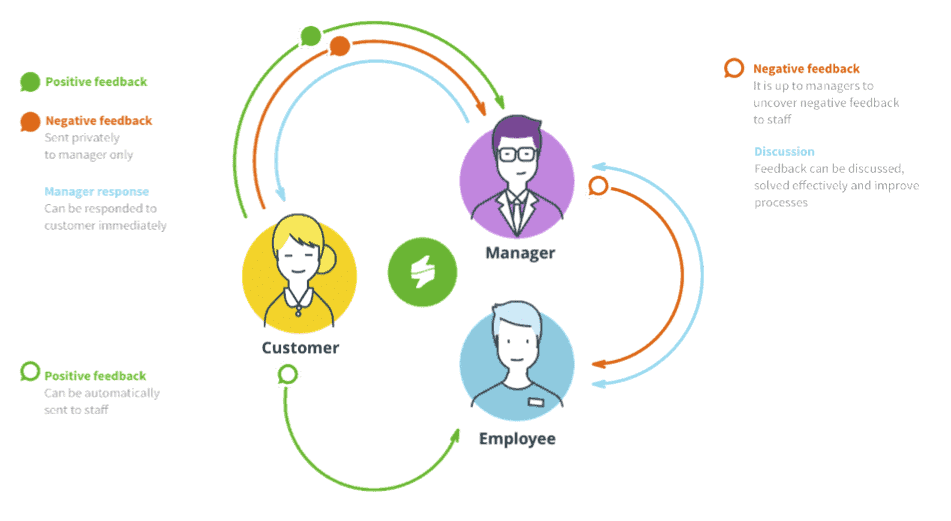
3. Crisis Management
- Handling viral negative reviews or PR issues strategically
- Implementing a rapid response plan to mitigate reputational damage
4. Personal ORM (Online Reputation Management for Individuals)
- Executives, influencers, and professionals must manage their online presence to maintain credibility
- Monitoring personal brand mentions and addressing negative content
Best Practices for Leveraging Customer Reviews and Improving Online Reputation
To make the most of customer feedback, you should implement the following best practices:
1. Encourage and Amplify Positive Reviews
Customers are more likely to leave a review after a negative experience than a positive one. To counterbalance this, you should:
- Ask for reviews via post-purchase emails.
- Offer incentives (e.g., discounts or loyalty points).
- Feature positive testimonials on websites and social media.
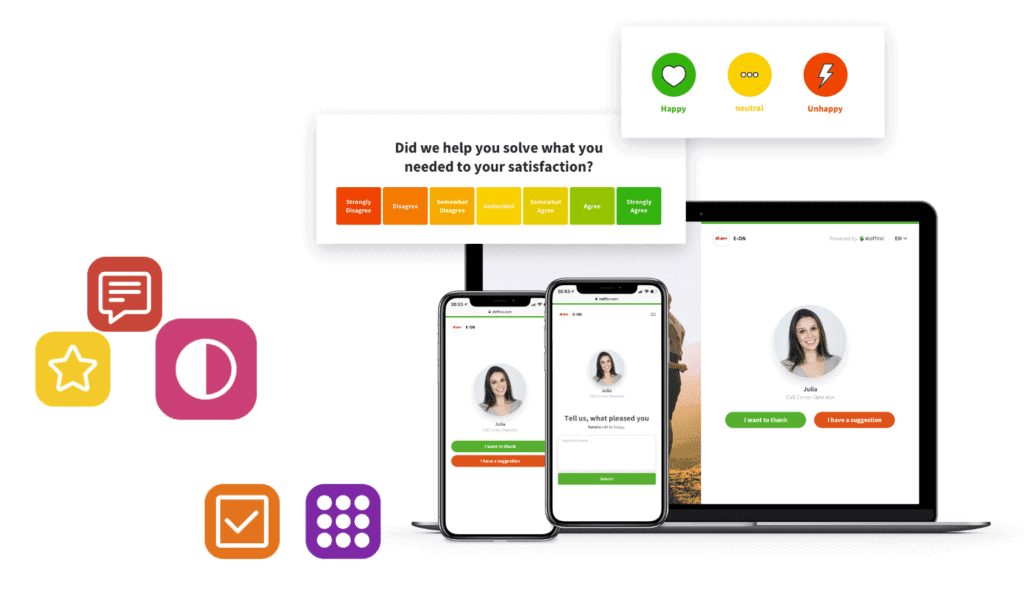
2. Respond to Every Review – Positive or Negative
Engaging with customer feedback improves trust and demonstrates that you care. Responses should be:
- Timely: Acknowledge feedback within 24-48 hours.
- Personalised: Avoid generic responses; address customers by name.
- Solution-oriented: Provide clear resolutions to concerns.
3. Close the Feedback Loop
Ignoring negative reviews can be costly. Instead, you should implement a feedback loop system where issues are identified, addressed, and followed up on.
Example: If a hotel receives a complaint about room cleanliness, management should not only respond online but also ensure the problem is fixed for future guests.

Get Actionable Insights with Closed Loop Feedback Management
With Staffino, you'll never leave a customer unhappy again! Streamline the process of collecting and responding to feedback, identify areas of improvement, and make sure that customer issues are addressed quickly and effectively.
4. Use Online Reputation Management Tools
Several tools help businesses monitor and improve their online reputation:
- Google My Business – Essential for managing local business reviews.
- Trustpilot & Feefo – Platforms for collecting verified customer reviews.
- Brandwatch & Mention – Social listening tools to track online sentiment.
- Staffino – Our CX platform can gather online reviews from all the popular reviewing sites mentioned above, as well as social media and other public forums, providing an instant topic and sentiment analysis. Moreover, it can compare your online reputation with that of your competitors, pinpointing your strengths and weaknesses. With Staffino, you can manage all aspects of your online reputation under one roof.
5. Integrate ORM with Customer Retention Strategies
ORM isn’t just about responding to reviews; it’s also about improving the overall customer experience to drive retention. Businesses should:
- Identify recurring complaints and improve processes.
- Reward loyal customers who leave positive feedback.
- Implement a customer retention management strategy that prioritises engagement and satisfaction.
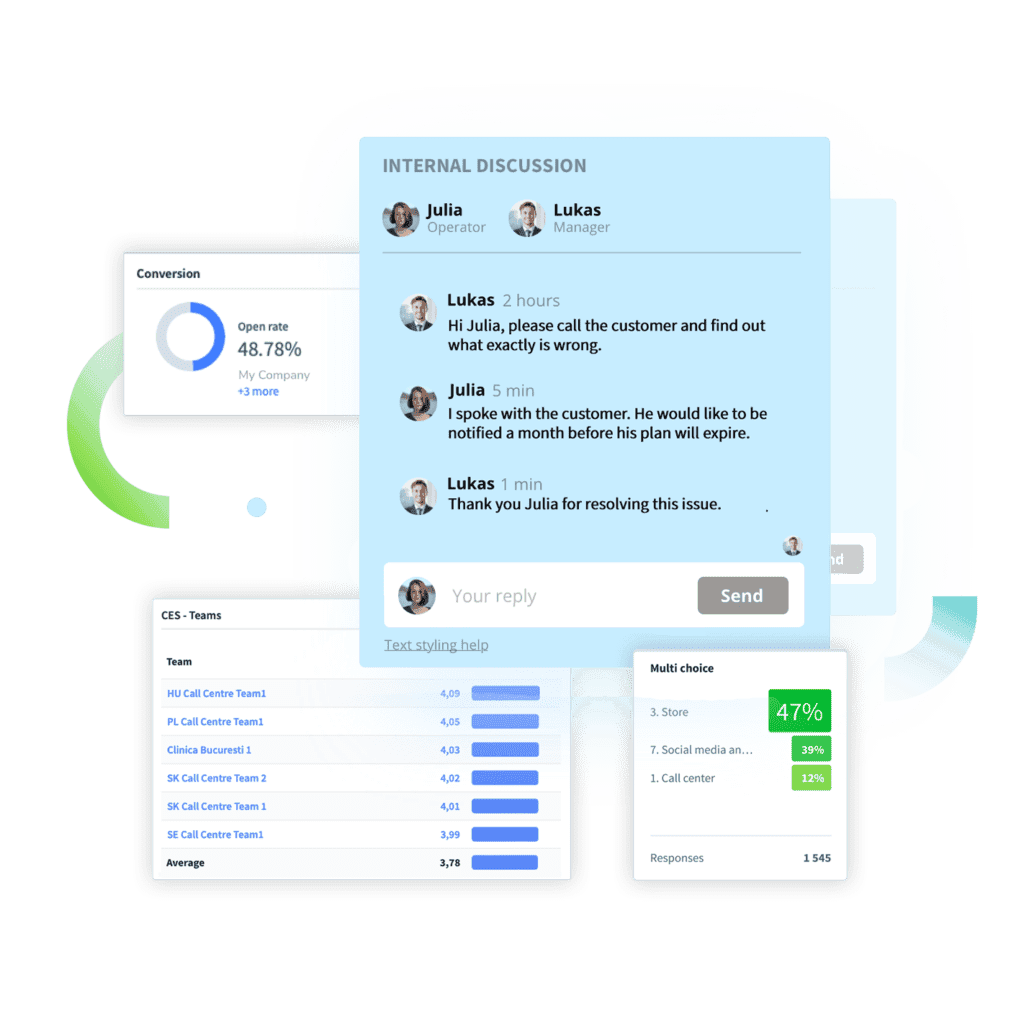
Final Thoughts
In today’s digital world, leveraging customer reviews for online reputation management is critical for maintaining trust and credibility. Whether you’re a CX manager, customer support director, or business leader, ORM should be a core component of your strategy.
By using online reputation management tools, closing the feedback loop, and focusing on customer retention management, you can turn reviews into actionable insights that drive long-term success.
Ready to enhance your brand’s reputation? Start by listening to your customers—because in ORM, your reputation is only as strong as your response to feedback.

Get a First-Hand Experience Today!
Staffino is the perfect tool for creating engaging surveys, tracking performance, responding to customer feedback, and rewarding top employees. Get started today with our FREE demo!


